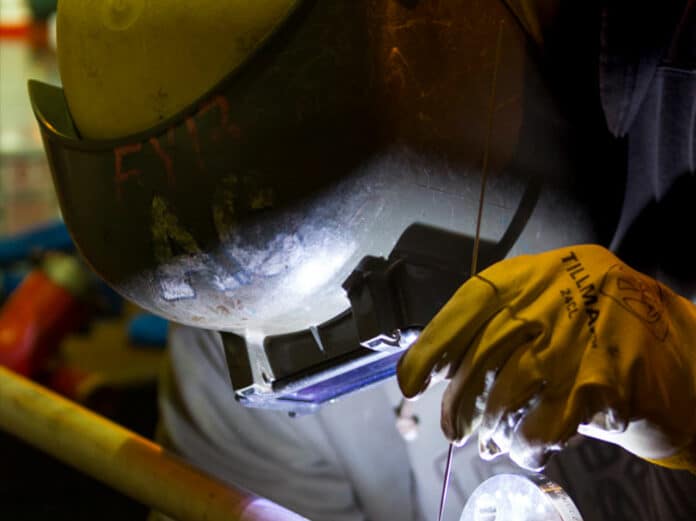The United States has safely destroyed the final munition in the nation’s obsolete stockpile of chemical weapons. This brings to an end a decades-long effort to eliminate the deadly weapons used extensively in World War One.
This achievement marks the destruction of all chemical weapon stockpiles declared to the Organisation for the Prohibition of Chemical Weapons (OPCW) in The Hague under the Chemical Weapons Convention, an international arms control treaty the U.S. ratified in 1997. As a part of it, the U.S. and other signatories are required to destroy their chemical weapons stockpile by September 30, 2023.
The destruction of the U.S. chemical weapons stockpile, which at one time comprised more than 30,000 tons of chemical warfare agents in explosively configured weapons and bulk containers, began in 1990 on Johnston Atoll in the Pacific. The U.S. Army went on to successfully complete the destruction of weapons at six more sites across the continental U.S. by 2012 at installations in Alabama, Arkansas, Indiana, Maryland, Oregon, and Utah.
While those stockpiles were under destruction, additional legislation required the Defense Department to assess and demonstrate alternative technologies to destroy chemical weapons by means other than incineration. The successful implementation of alternative technologies resulted in the safe destruction of remaining chemical weapons at the U.S. Army Pueblo Chemical Depot in Pueblo, Colorado, and Blue Grass Army Depot (BGAD) in Richmond, Kentucky.
The final sarin nerve agent-filled M55 rocket was destroyed at the plant in Kentucky. In addition, a team of companies in Colorado led by Bechtel National, Inc. completed the destruction of more than 780,000 mustard agent-filled projectiles at U.S. Army Pueblo Chemical Depot on June 22. Destruction operations in Pueblo began in March 2015, with more than 2,613 U.S. tons of chemical agents destroyed using a neutralization method followed by biotreatment and explosive destruction technologies.
It was only completed on July 7, 2023, at the Blue Grass Army Depot, Kentucky, when the final munition was destroyed, using neutralization and explosive destruction technologies to eliminate more than 100,000 mustard agent and nerve agent-filled projectiles and nerve agent-filled rockets.
“We have a national security imperative and moral obligation to work toward eliminating the threat posed by weapons of mass destruction,” said Under Secretary of Defense for Acquisition and Sustainment Dr. William A. LaPlante. “This is the first time an international body has verified destruction of an entire category of declared weapons of mass destruction – reinforcing the United States’ commitment to creating a world free of chemical weapons.”
